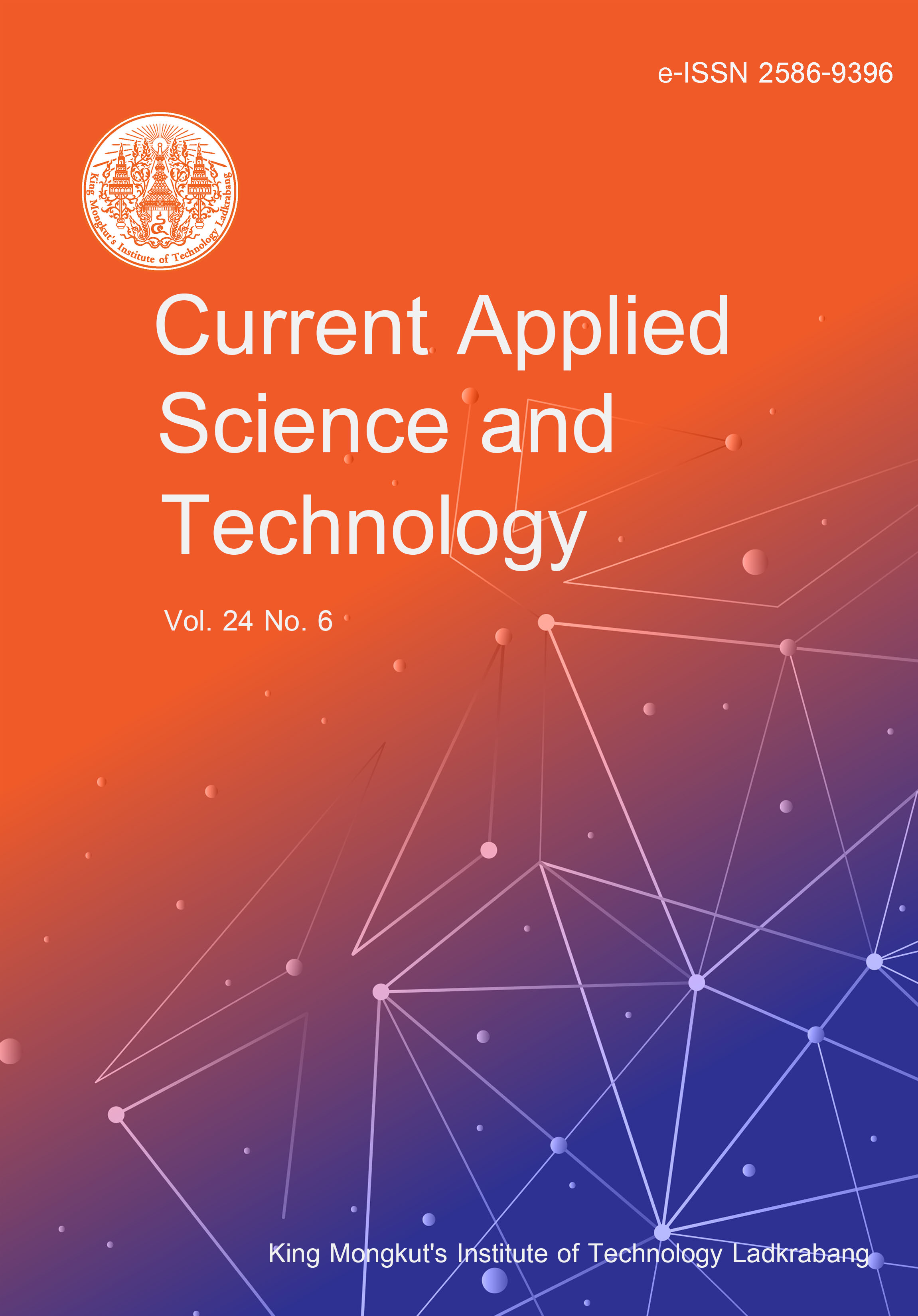In Uttarakhand, there are several trees’ species that produce seeds of high oil content known as tree borne oilseeds (TBOs). However, there is very little information on TBOs and their relationship with the livelihoods of the people in local communities. The present study focused on Prunus armeniaca L. (Wild Apricot), the seeds of which yield oil. Phytosociological analysis was carried out at 8 potential areas between the altitudes of 1642 and 2630 m by placing 20 quadrats of 10×10m size. The physical parameters of the fruits and seeds were studied. Oil was extracted from seed kernels using Soxhlet apparatus. Personal interviews were done to assess the relationship of the plant oil to the livelihood issues of local communities. The research indicates that the species was failing to regenerate naturally in the region and there was a lack of awareness about its potential uses. The density of P. armeniaca ranged between 50 and 120 indi/ha across all the sites. The seed kernel oil content across all the sites ranged between 38.75±2.4 to 57.27±2.4% (on kernel dry weight basis). One hectare of plantation with 400 trees of P. armeniaca can generate about 1.24-2.34 tha-1 kernel, 0.61-1.15 tha-1 oil yield, and can give rise to an average net income between Rs.71,000/- and 217,000/- ha-1 year-1. The study reveals that P. armeniaca can play a vital role in providing opportunities for livelihood generation and economic upliftment for the local hill communities in the region.
Tamta, K. K. ., Tewari, A. ., & Tamta, J. . (2024). Prospects of Prunus armeniaca L. in Economic Upliftment of Hill Communities of Uttarakhand, India. CURRENT APPLIED SCIENCE AND TECHNOLOGY, e0257865. https://doi.org/10.55003/cast.2024.257865

